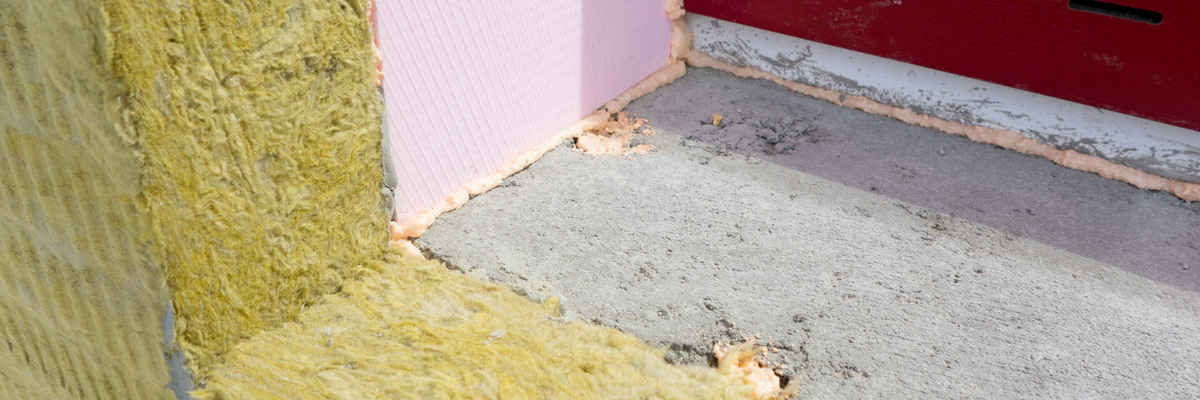What are the benefits of ceramic insulation?
One benefit of ceramic insulation is that it reflects radiant heat, which means less heat will bring into your home. Ceramic also provides better thermal retention than conventional insulation materials are made from, thereby saving you money on both heating and cooling. It's also fireproof, easy to install yourself or have a pro do it for you, and does not take up very much space in your walls so you can insulate even more rooms! ## How does ceramic insulation work?
Ceramic insulation has ceramic fibers that are chemically inert, so they do not emit fumes or gases. This makes it a safe option for people with allergies and reactions to chemicals. It's also manufactured without ozone depleters, which have been found to be harmful to the environment. The ceramic fiber product is made from recycled ceramic products. For every ton of ceramic insulation produced, two tons of waste ceramic is reused! Ceramic insulation can take up less volume than conventional materials making them great for tight spaces too.
Are there other benefits to ceramic insulation?
Ceramic insulation is very cost effective when it comes to reducing heating or cooling costs because of its excellent thermal properties that keep your home warm in winter and cool in summer. And if you're interested in recycling efforts -- one ton of ceramic insulation can save up to three cubic yards of landfill space!
Call Now - (707) 562-0911
Get Your Free Quote!

How does ceramic insulation work?
Ceramic insulation is a material with high thermal resistance that you use to protect from the cold.
The basic principle is that it stops heat from escaping from one side of the product into another. A property of most ceramics is their very low thermal conductivity, meaning it takes a lot energy to initiate a temperature change in this material - provide the bricks themselves have been pre-fired at over 1370°C, they will stay cool or freeze longer than other materials. Cold ceramic absorbs less heat and is therefore more effective when placed against cold structures such as windows and pipes where old style insulation methods are ineffective. Heat absorption is reduced by 95% in some formulations when used properly which provides maximum protection for your home from drafts and cold spots.
In ceramic insulation, ceramic fibers are used to create a very strong material that can be shaped into tiles or panels of different sizes and thickness which fit different applications you may have. The ceramic fiber materials are the key to being considered ceramic insulation with various combinations of minerals such as aluminum oxide, zirconium oxide, calcium silicate and alumina in a ceramic matrix which gives it its ceramic properties. Ceramic materials also typically include potassium titanate in some form or another which reduces thermal conductivity.
The ceramic is incrementally fired at an extremely high temperature range from 1370°C - 1625°C for two hours minimum until it becomes hard wearing and stable with open porosity which allows for gas flow. The ceramic is then pressed into the desired shape and size of panel or tile which becomes your ceramic insulation protection. This process is known as "sintering" where ceramic fibers are heated to form a solid ceramic product. At high temperatures, ceramic fiber materials also undergo an additional process called devitrification - crystal structure change at high temperature which provides its specific physical properties that include rigidity, hardness, impact resistance , compression & tensile strength etc.
Ceramic insulation has many applications today with most types having their own unique features for certain projects based on the desired use. Some examples of ceramic insulation materials are frit-bonded ceramic fiber blanket or fabric, ceramic coated glass wool boards, expanded perlite boards, flexible woven ceramic fabric, ceramic fiber blanket or ceramic brick panels.
Ceramic insulation is a material with high thermal resistance that you use to protect from the cold. The basic principle is that it stops heat from escaping from one side of the product into another. A property of most ceramics is their very low thermal conductivity, meaning it takes a lot energy to initiate a temperature change in this material - provide the bricks themselves have been pre-fired at over 1370°C, they will stay cool or freeze longer than other materials.
Call Us Now - (707) 562-0911
